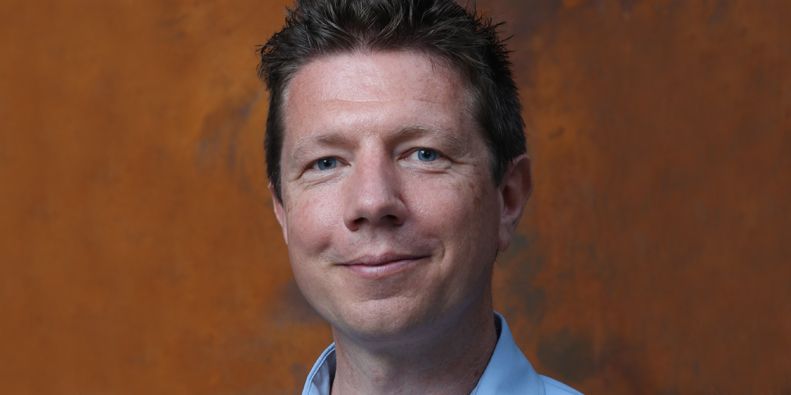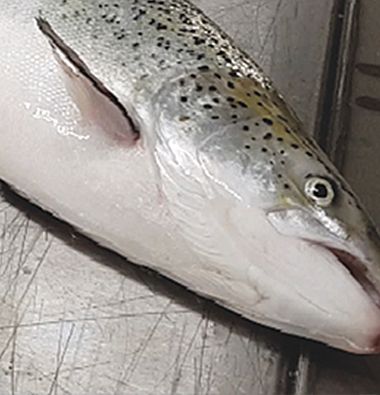Intelligent farming within sight
19 July 2021

Stage one of the development was to get a biomass camera working in the water and then we had to develop the space online to translate what we see on the camera into something useful to the customer. Every company we work with is different and will have fish from different lineages that are growing in often contrasting environments.
The mass of knowledge we can build up about fish from multiple sites will have a bearing on the accuracy of the biomass system. The more information that can be fed in, the more informed we, and our customers, will be.
Advanced machine learning and image processing is not just a feature of our new biomass detection technology, but key to all our systems, providing and integrating intelligence across our product range.
As we have developed new products, we have thought more broadly about AI (artificial intelligence) and machine learning in general and what we can do with this to create insights throughout the production operation, from grow-out to the processing factory. Our electric stunners have their own online platform at the moment but will be able to feed into the new, advanced Ace portal.
Likewise, intelligence will add a new dimension to our acoustic deterrents, enabling triggering systems and monitoring wildlife around farms and then feeding that into the portal. We want to be able to track the weights of fish growing in marine cages, explore interactions between seals and wildlife, look at lights (we’re currently working on a new lighting system), and eventually, when the fish are harvested, we will be able to collate the weights recorded in the processing factory and the numbers of fish and cross reference this data with what we saw in the pens.
Ace’s goal, now within sight, is to have an end-to-end visibility on your fish.
By Nathan Pyne-Carter, CEO


